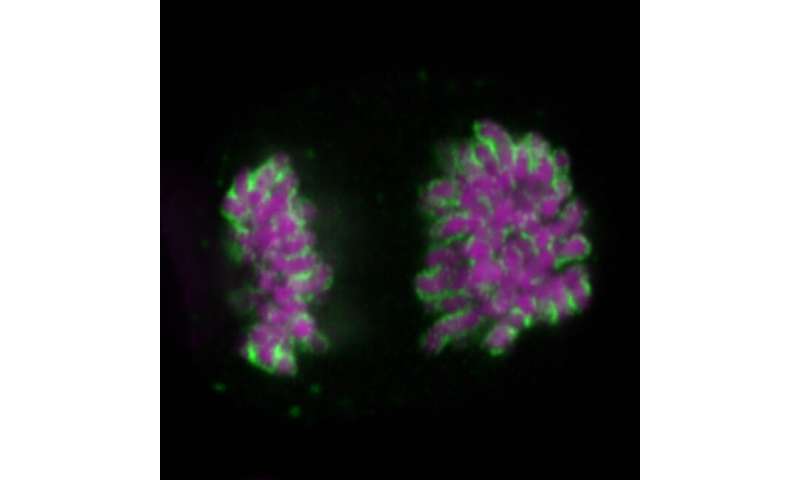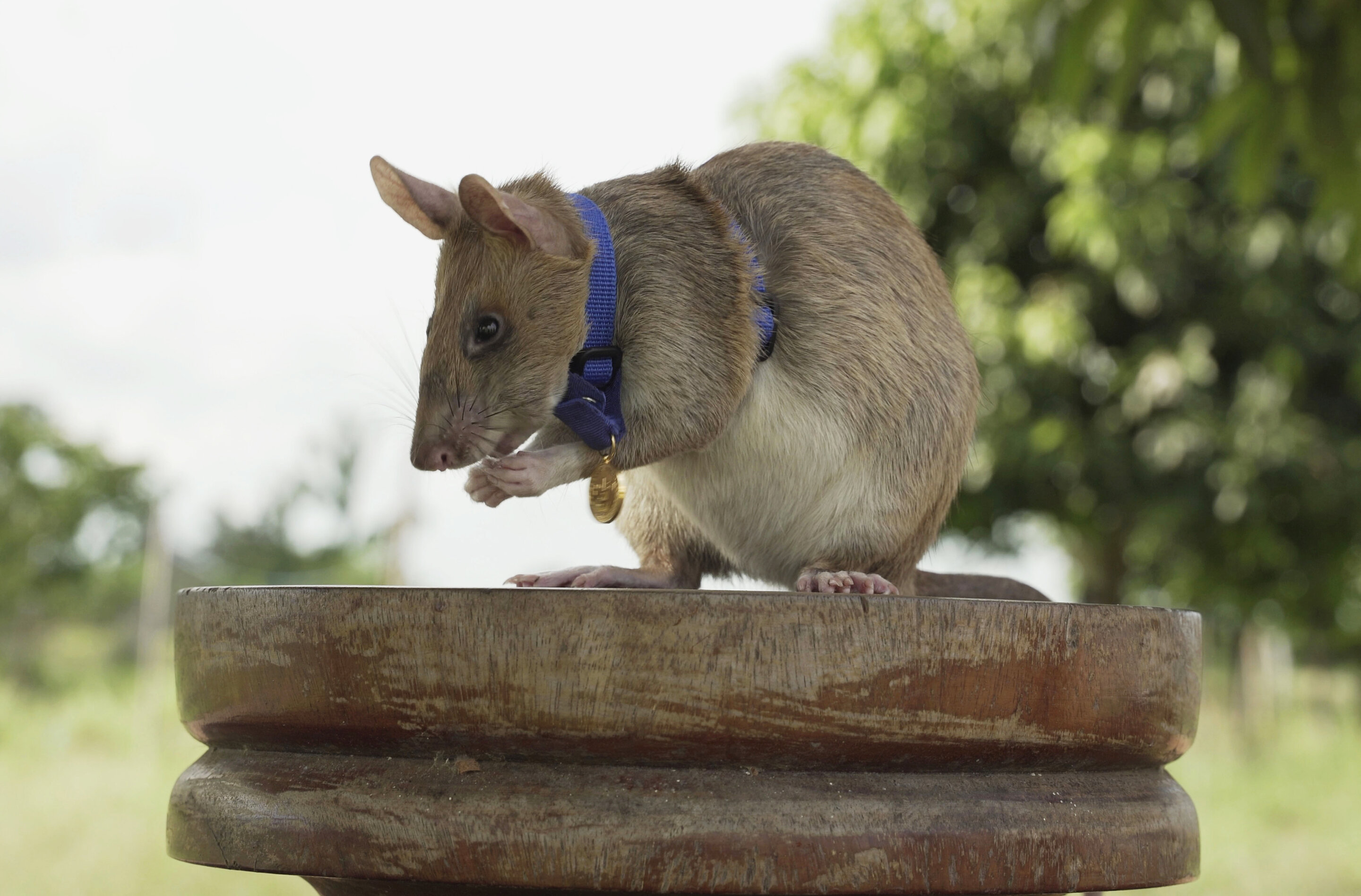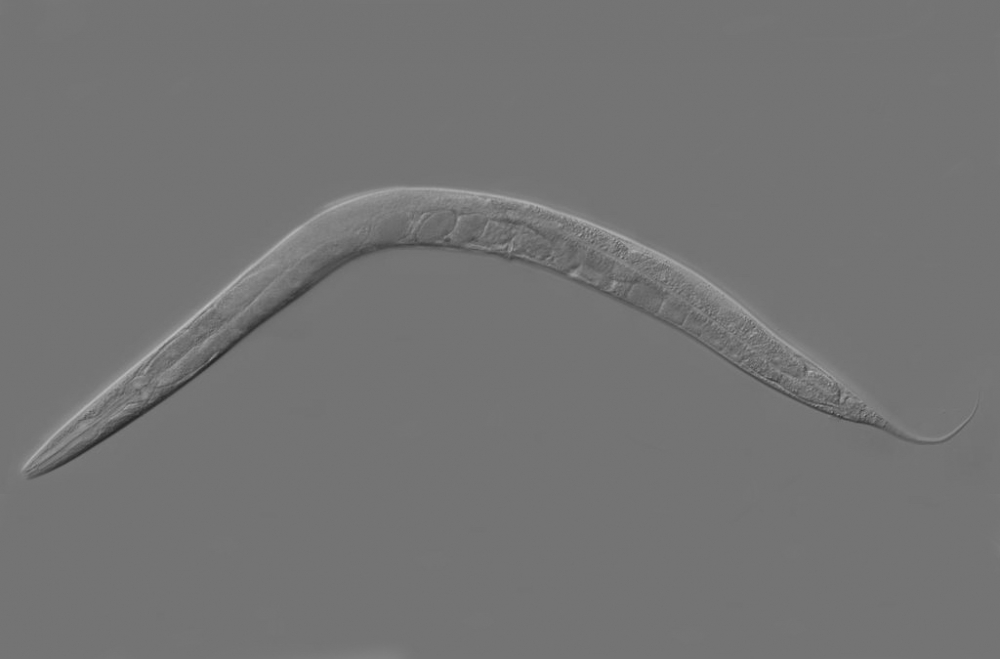#How to remove unwanted components from the cell nucleus
“#How to remove unwanted components from the cell nucleus”

The organization of cells into specific compartments is critical for their function. For instance, by separating the nucleus from the cytoplasm, the nuclear envelope prevents premature translation of immature RNAs.
During mitosis, however, the nuclear envelope disassembles, allowing large cytoplasmic components such as ribosomes to mix with nuclear material. When the nuclear envelope reassembles following mitosis, these cytoplasmic components must once again be removed. “The nuclear envelope can contribute to this by actively importing or exporting substrates up to a certain size, but it was not clear what happens with very large cytoplasmic components,” says Mina Petrovic, from the Gerlich lab at IMBA—the Institute of Molecular Biotechnology—and joint first author of the study.
The research team from IMBA and the European Molecular Biology Laboratory in Heidelberg has now shown that large components such as ribosomes are in fact removed from the forming nucleus before the nuclear envelope is assembled again. This exclusion process requires the protein Ki-67, which was the focus of an earlier publication in Nature by Sara Cuylen-Häring, group leader at EMBL Heidelberg and the other joint first author of this study.
In this older study it was discovered that Ki-67 was responsible for keeping chromosomes separated in early stages of mitosis by acting as a surfactant. “Remarkably, we have now found that it changes its properties at the end of mitosis and performs the opposite function, namely clustering of chromosomes,” said Cuylen-Häring. By coming together into a dense cluster at the end of cell division, chromosomes are able to exclude large cytoplasmic components before the nuclear envelope reforms.
“This collaborative work shows how a single protein can dynamically change the surface properties of chromosomes,” explains Alberto Hernandez Armendariz, Ph.D. student in the Cuylen-Häring group. “Ultimately, this facilitates effective compartmentalisation of key processes within the cell.”
More information:
Daniel Gerlich et al. Chromosome clustering by Ki-67 excludes cytoplasm during nuclear assembly. Nature, published on 02 September 2020. DOI: 10.1038/s41586-020-2672-3
How to remove unwanted components from the cell nucleus (2020, September 2)
retrieved 2 September 2020
from https://phys.org/news/2020-08-unwanted-components-cell-nucleus.html
This document is subject to copyright. Apart from any fair dealing for the purpose of private study or research, no
part may be reproduced without the written permission. The content is provided for information purposes only.
If you want to read more Like this articles, you can visit our Science category.
if you want to watch Movies or Tv Shows go to Dizi.BuradaBiliyorum.Com for forums sites go to Forum.BuradaBiliyorum.Com




